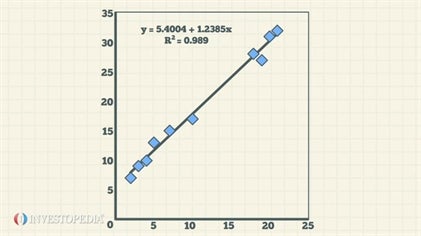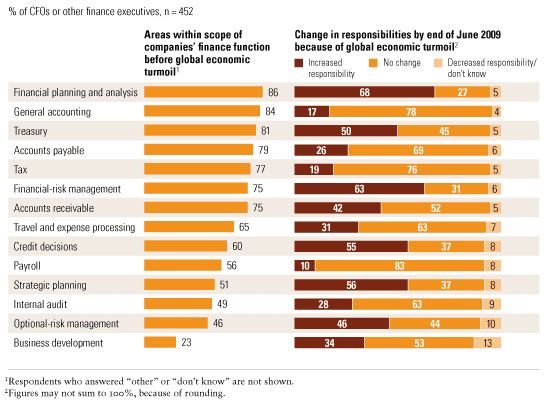Lots of financial calculators also include an NPV function. "A geek like me, I have it on my i, Phone. I like to know it remains in my pocket," states Knight. Even if you're not a mathematics geek like Knight, it's practical to comprehend the mathematics behind it. "Even seasoned experts might not remember or comprehend the mathematics but it's rather simple," he states. The estimation looks like this: This is the sum of today value of capital (favorable and negative) for each year associated with the financial investment, marked down so that it's revealed in today's dollars. To do it by hand, you first figure out today value of each year's forecasted returns by taking the forecasted cash flow for each year and dividing it by (1 + discount rate).
Then add them together. That will be the present worth of all your projected returns. You then deduct your preliminary investment from that number to get the NPV. If the NPV is unfavorable, the project is not a great one. It will eventually drain money from the organization. Nevertheless, if it's positive, the task should be accepted. The larger the favorable number, the higher the benefit to the business. Now, you might be questioning the discount rate - Which of the following was eliminated as a result of 2002 campaign finance reforms?. The discount rate will be company-specific as it's related to how the company gets its funds. It's the rate of return that the financiers anticipate or the cost of obtaining cash. Please take care that you do not match your discount rate to the evaluation you want to see. But rather, you should approach the appraisal and discount rate procedure as a method to poke and prod to discover the fair worth variety of a stock. I run throughout people who utilize our Old-fashioned Worth DCF design and enter numbers to match what they want to see. The result isn't great of course. Don't justify the purchase of a company simply due to the fact that it fits the numbers. Do not fool yourself into thinking that a low-cost business will yield great returns since you have actually used some cool numbers.
Not for corp finance, MBA or CFA study. Discount rates WILL affect your assessment, Discount rates are normally vary bound. You will not utilize a 3% or 30% discount rate. Usually within 6-12%. For investors, the cost of capital is a discount rate to value a service. Discount rates rates for investors are needed rates of returns, Correspond in how you select your discount rate, Do not forget margin of safety. A high discount rate is not a margin of security.
To calculate an investment's net present worth (NPV), you need to initially determine its discount factor. In other words, the discount rate element determines the present worth of a financial investment's future worth. Learn what this implies, how to determine discount rate element, and how it's used in finance listed below. The discount rate factor formula uses a way to compute the net present value (NPV). It's a weighing term used in mathematics and economics, multiplying future earnings or losses to determine the exact aspect by which the value is increased to get today's net present value. This can be applied to products, services, or financial investments, and is frequently utilized in business budgeting to identify whether a proposal will add future worth.
The discount rate factor and discount rate are closely related, but while the discount rate looks at the existing worth of future capital, the discount factor uses to NPV. With these figures in hand, you can forecast a financial investment's expected revenues or losses, or its net future value. As you can see from the breakdown above, there are numerous uses of the discount rate element: To calculate net present worth, To help with financial modelling, To complete a discounted money circulation analysis, As an outcome, this useful little formula might be used by everyone from insurer to financiers. The basic discount rate factor formula is: Discount rate Aspect = timeshare employment 1/ (1 * (1 + Discount Rate) Period Number) To utilize this formula, you'll require to learn the periodic rate of interest or discount rate - Which of the following can be described as involving direct finance?.

How What Does Etf Stand For In Finance can Save You Time, Stress, and Money.

You'll likewise need to understand the overall number of payments that will be made. You can create a discount Visit this site rate element design template or table in Excel to work out these estimations, by getting in the formula above with your own figures. For instance, a table might appear like this: B C D E F 2 Period 1 2 3 4 3 Undiscounted Capital $100,000 $100,000 $100,000 $100,000 4 =1/1 *( 1+$ C$ 4) C2) =1/1 *( Learn here 1+$ C$ 4) D2) =1/1 *( 1+$ C$ 4) E2) =1/1 *( 1+$ C$ 4) F2) 5 0. 93 0 - What is a cd in finance. 86 0. 79 0. 74 This reveals the decreasing discount rate factor in time, whether it's a yearly discount aspect or a shorter timespan to reflect your accounting period.
For a rate of interest of 5%, the discount rate factor would be 1 divided by 1. 05, or 95%. Once you have your discount rate element and discount rate calculated, you can then utilize them to figure out a financial investment's net present value. Add together today worth of all positive money flows, deducting today worth of negative money circulations. Using the rates of interest, you'll wind up with the net present worth. There are lots of discount factor calculators that will apply these solutions, or you can use Excel for an analysis. Understanding the discount rate element is valuable as it gives a graph of the effects of compounding over time.